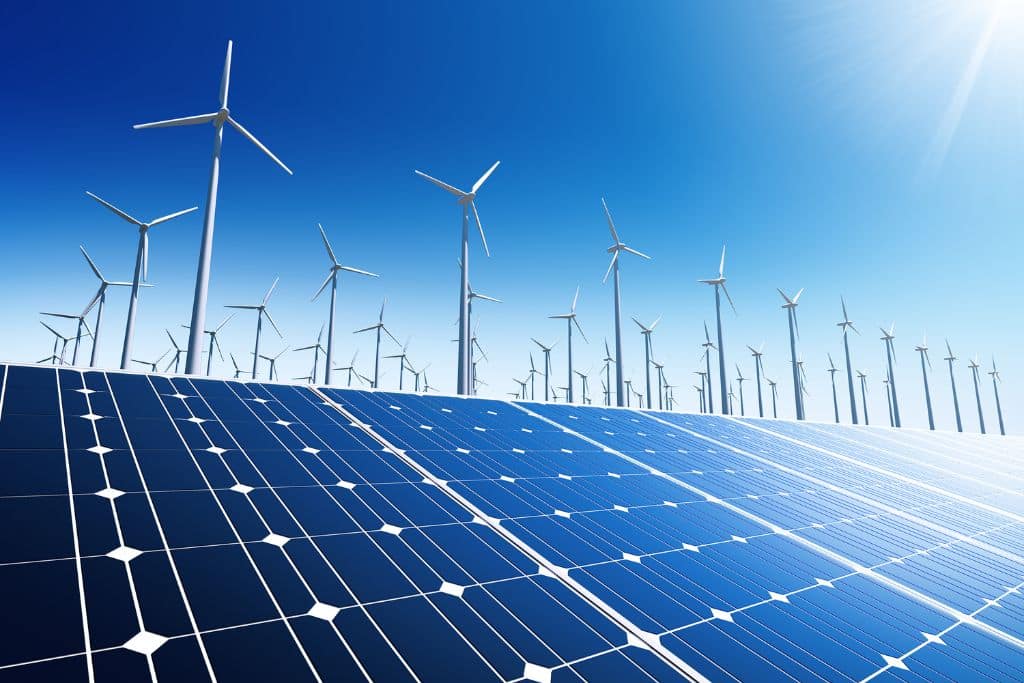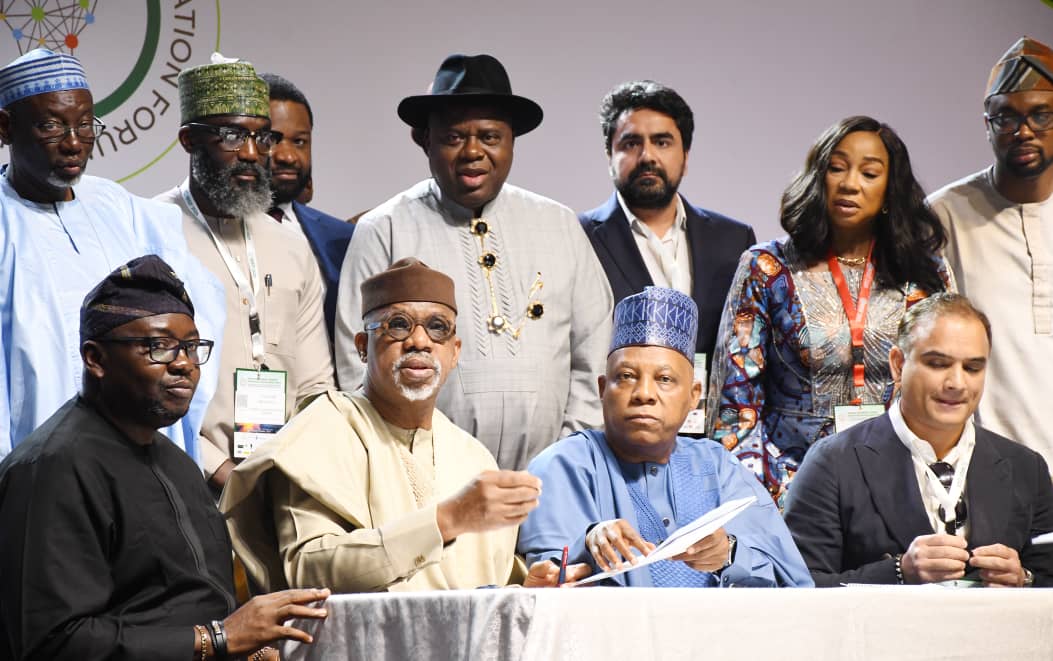The Promise vs. the Pattern
When politicians announce billion-dollar renewable energy plans, Nigerians listen but with cautious hope. The government’s recent talk of unlocking $410 billion by 2060 to transform the energy sector sounds ambitious. Yet history forces a question: how many renewable projects have been announced before and how many truly delivered?
Over the last decade, Nigeria has seen one renewable energy pledge after another. Each came with grand figures, foreign partnerships, and shiny commissioning ceremonies. But between announcement and reality, many of these projects have faded, stalled, or collapsed.
Looking back at ten of the most prominent examples tells a sobering story about what often goes wrong and why Nigerians are right to ask if this new $410bn dream will be any different.
1. Operation Light Up Rural Nigeria (OLRN) – January 13, 2014
In January 2014, then-President Goodluck Jonathan launched Operation Light Up Rural Nigeria (OLRN) with promises of solar-powered electricity for 1,600 households across pilot communities in Durumi, Mpape, and other rural areas. The idea was to bring energy to underserved areas through off-grid solar systems, creating what was described as “a model for national electrification.”
Yet by December that same year, most pilot sites remained in darkness. Eleven months after the launch, reports revealed that installations were incomplete, many non-functional. The project had “failed to take off.” The causes were predictable: poor follow-through, weak maintenance planning, and unclear budget disbursements. What was meant to be a beacon of progress became a lesson in unfulfilled ambition.
2. Durumi Solar Installation Project – December 24, 2013
Just weeks before OLRN, the Federal Government announced the Durumi Solar Power Project under the “Light-Up Nigeria” initiative. It was meant to electrify 95% of Durumi homes, install solar-powered streetlights, and power community centers.
What happened? The installations started but quickly deteriorated. Within a year, many of the solar units failed or were abandoned. Residents complained of non-functional systems, while maintenance teams never returned. What went wrong was not technology, it was governance. There was no plan for repair, no budget for replacement, and no accountability for delivery.
3. Ajima Farms Biogas Mini-Grid, Rije Village – May 2016
In May 2016, Ajima Farms and General Enterprises launched Nigeria’s first biogas mini-grid in Rije village, Abuja. Supported by the U.S. African Development Foundation, the project was expected to generate 20 kW of power from agricultural waste, lighting up about 50 households and small businesses.
Initially, it worked. The community prospered for a short time, businesses reopened, and local enthusiasm surged. But by December 2021, the lights had gone out again. Feedstock shortages, lack of community payments, and equipment breakdowns halted operations. Without maintenance funding or government support, Nigeria’s only biogas grid failed turning from a model project to a cautionary tale about sustainability gaps.
4. Renewable Energy (Solar) Micro-Utility Project (REMU) – January 14, 2014
Around the same time, the government rebranded its OLRN program into the Renewable Energy (Solar) Micro-Utility Project, budgeting ₦3.446 billion for solar mini-grids across several pilot communities. It was hailed as a national rollout for decentralized energy access.
Fast-forward a few years: most pilot projects never went beyond installation or testing. Several were left unfinished, some abandoned. By 2020, the House of Representatives launched an inquiry into why the ₦3.4 billion investment failed to yield results. The findings echoed a familiar theme: poor supervision, incomplete execution, and minimal transparency in fund management.
5. Interconnected Mini-Grid Acceleration Scheme (IMAS) – February 18, 2022
In February 2022, Nigeria signed a €9.3 million agreement with European partners to build interconnected mini-grids in 11 states. The goal was to connect 27,600 households through renewable power and accelerate off-grid energy deployment nationwide.
Three years later, the impact remains limited. Implementation has been slow, tangled in bureaucratic delays, developer constraints, and funding bottlenecks. Despite the excitement at signing, very few grids are operational. Once again, the headlines outpaced the execution.
6. WeLight Rural Electrification MOU – March 10, 2025
In March 2025, Nigeria struck a $200 million deal with WeLight Africa to deploy 400 mini-grids and 50 MetroGrids by 2030, expected to serve nearly 2 million people. This agreement is part of the government’s larger $410bn renewable vision.
While the numbers look impressive, the reality is that this is still at the Memorandum of Understanding stage. No public records yet show physical deployment or disbursement of funds. Nigerians have seen this movie before major MOUs announced before elections or climate summits, with few updates afterward.
7. State-Level Electrification Projects (2015–2021)
From 2015 onward, multiple state governments, especially under the Niger Delta Development Commission (NDDC), launched solar electrification drives, many involving street lighting and community solar farms.
Projects in Cross River, Imo, and Delta were announced with multimillion-naira budgets. Yet, field reports show a trail of incomplete or malfunctioning systems, with many contracts either abandoned or under investigation for poor delivery.
8. Solar Manufacturing and Assembly Promises – 2017–2023
Successive administrations also pledged to establish solar panel manufacturing plants and local assembly hubs. Several MOUs were signed between 2017 and 2023 with investors from China, India, and Germany. Yet, Nigeria still imports most of its solar panels, and not one large-scale local factory is operating at commercial capacity. High import dependency and weak industrial policy continue to undercut these ambitions.
Also read: Is Nigeria’s $410bn Renewable Promise a Path to Progress or a New Fund-Raising Gimmick?
What These Failures Reveal
Across all these projects, a clear pattern emerges: Nigeria does not suffer from a shortage of ideas or announcements, it suffers from a lack of execution. The problem is not the technology; it’s the system. Each failed or stalled initiative points to recurring issues:
- Poor maintenance and sustainability planning
- Slow or missing fund disbursements
- Weak monitoring and evaluation
- Over-politicized launches timed near elections
- Lack of private-sector accountability
The truth is simple: if previous ₦3 billion, €9 million, and $200 million programs couldn’t light up rural communities sustainably, how realistic is it that $410 billion will suddenly deliver transformation?



